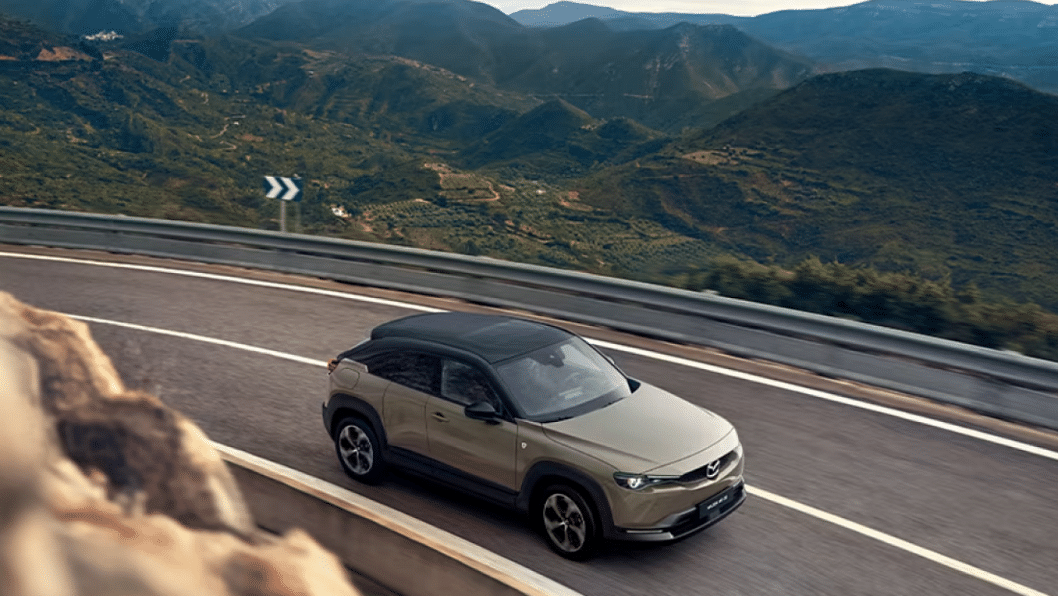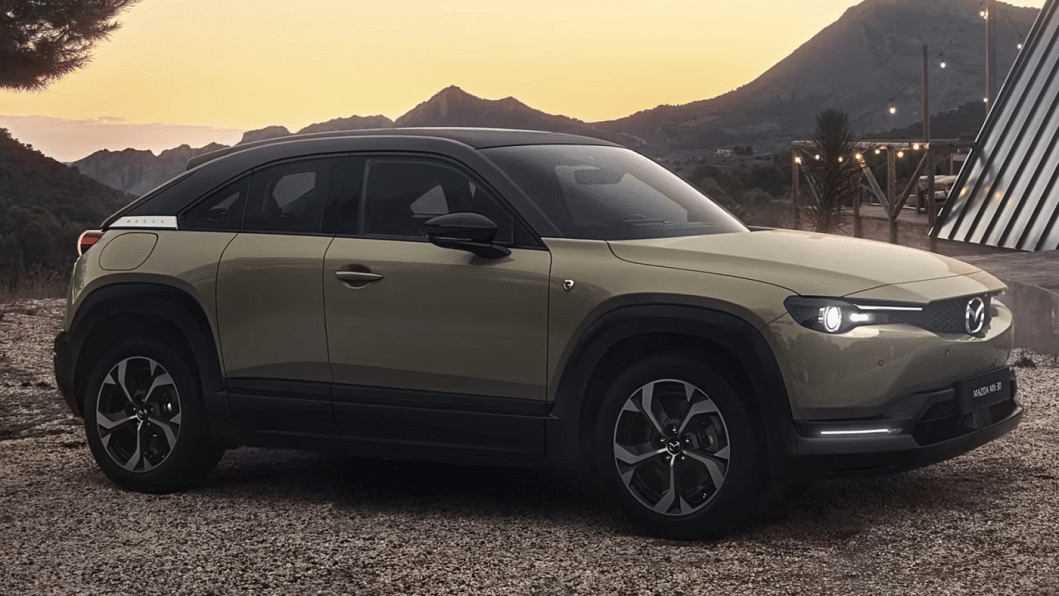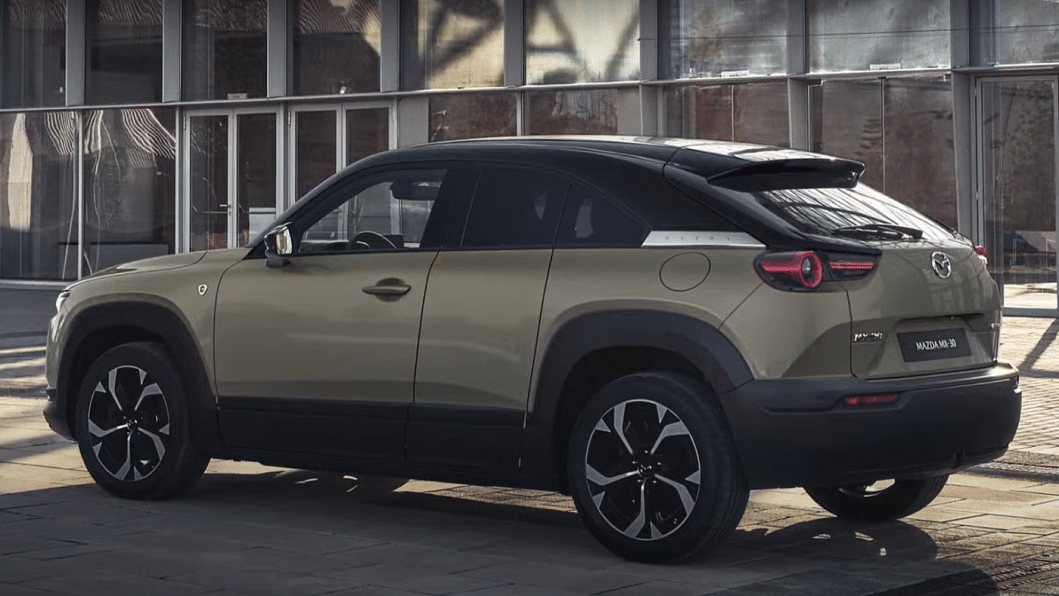Return of the Rotary: 2023 Mazda MX-30

After a lot of teasing over the last few months with the possible return of the Rotary engine, Mazda finally unveiled the car at the Brussels car show earlier this year which sadly, did not come out as a sports car as the successor to the RX8, but the petrol mill came in the new MX-30 EV SUV packed as a range extender. Let's take a look at what the brand new 2023 Mazda MX-30 is all about.
The MX-30 in general is an electric midsize SUV based on Mazda's existing CX-30 model. The car was announced in late 2019 at the Tokyo Motor Show as their first iteration in the electric car segment. With 100 miles (near about 160 km) of range from its battery, the Mazda MX-30 fell short of most of its competition which was giving at least double the range and costing less than the Mazda.

The MX-30 is an interesting car for the company, from its use of sustainable materials in the interior such as cork, which Mazda claims homage to their early days as a cork manufacturing company before cars were a thing for them. The cluster inside the car is also recycled from some of their existing models, modified to fit the electric nature of the car. Another thing unique to the interior of the MX-30 is the presence of a full-sized 150 W power outlet at the bottom of the centre console, where you can power a laptop and many more things which can be necessary.

Although for Mazda, up until this year, the EV just needed to be out and exist rather than bump sales figures. As the car was only available in California, it was to meet CARB and other federal compliances for green and sustainable carbon footprints for electric vehicles.
For 2023, Mazda decided to put out hybrid versions of the car, addressing the poor range that the SUV bears, and decided to put in an 830 cc rotary engine and call it the Mazda MX-30 R-EV Skyactiv, which does not look much different from its full electric sibling. The only notable differences between them being the wheel choices and the distinctive badging with the three-pointed Wankel logo indicating the presence of the engine.

The rotary engine in the car, although, has no connection to the wheels, but the engine sits in front of the car only to produce electricity for the Lithium-ion batteries with a maximum energy capacity of 17.8 kWh - almost half the capacity of what the full EV version bares.
The R-EV has also a 50-litre petrol tank for the engine, as well as plug-in capabilities to charge the batteries. It takes about 50 minutes to charge from an AC outlet and can also be fast charged up to 36 W from a DC outlet where it takes about 25 minutes to reach 80%.

Aside from the diminished range anxiety, the MX-30 R-EV also has an electric motor. There is greater power but less torque with 170 PS (168 hp or 125 kW) and 260 Nm compared to the MX-30 EV's 145 PS (143 hp or 107 kW) and 271 Nm.

The MX-30 is one of the more important SUVs Mazda has put out. Not only it is their first car in the electric vehicle segment, but rather Mazda re-introduced technology which was long lost and overdue with the rotary, It would have been nicer if the engine had an actual connection with turning the wheels, but all we can do is hope, that after the R-EV, we also get a new iteration of the RX series sports car.

 For all latest news, follow The Daily Star's Google News channel.
For all latest news, follow The Daily Star's Google News channel. 








Comments